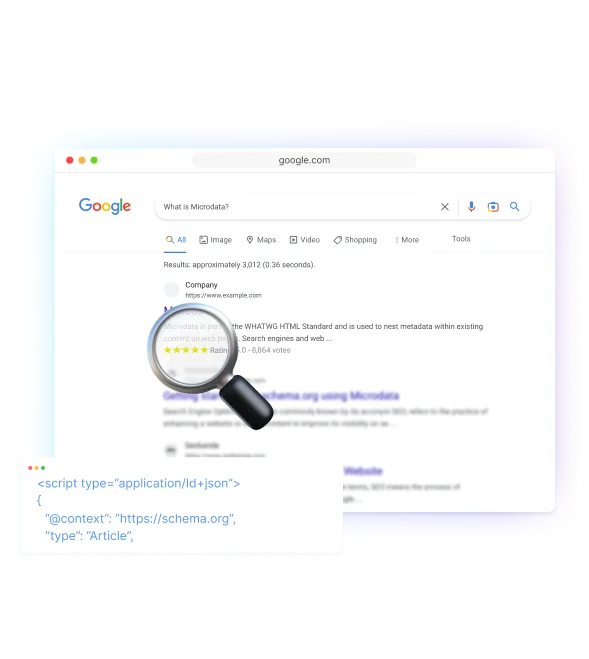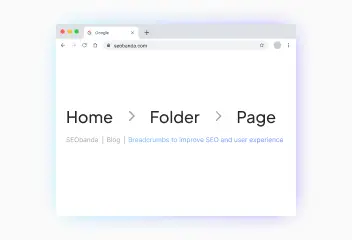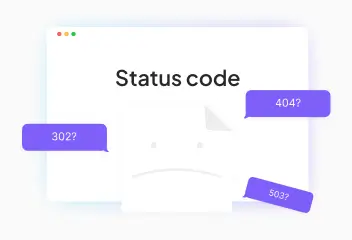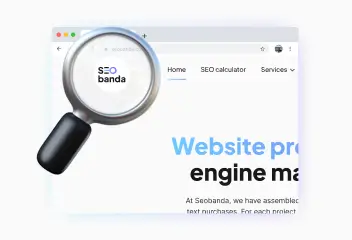What are SEO texts and how to write them?
SEO texts are one of the key aspects of SEO promotion because they are interesting and useful information that also contains enough relevant keywords to rank well in search engines and answer the client’s request. Does it sound complicated? Let’s break it down for you!





What is an SEO article in simple terms?
To put it simply, an SEO article is a text that answers the most frequent user requests as fully as possible. For example, people quite often ask search engines what a “book” is, SEO specialists use special programs to notice that people ask this word and create an article that covers this topic and contains as many words related to it as possible, for example, “what is a book”, “a book in simple words”, “a fiction book”, and so on. In general, SEO text is content created with all the needs of search engines in mind. It is optimized through the use of keywords and structured in such a way that it is seen by users who are interested in this content.


What format are SEO texts in?

A lot of people think that SEO texts are only articles, but this is not the case. There are several other very interesting and useful formats for using SEO texts, and now let’s take a closer look at them:
- Articles and blogs: Articles and blog posts are really the most popular format for using SEO texts. They are the most informative and useful texts that are aimed at solving users’ problems and answering their queries. This format allows you to fully address the issue and provide maximum information.
- Optimization: Key words and phrases are used concisely in the text, taking into account the frequency. Attention is also paid to the structure of the text, headings, subheadings, and lists.
- Product pages: These pages describe and characterize the product or service. They should be as informative, convincing, and attractive to potential customers as possible. But such texts are usually much shorter than articles.
- Optimization: The description usually includes key product features, benefits, specifications, and prices. It is also important to optimize headlines, meta tags, and URLs.
- Landing and sales pages: These pages are designed to attract target customers and close the conversion. They should encourage users to take action and have convincing facts, valuable information, and product benefits.
- Optimization: landing pages are optimized based on key queries and demand of the target audience. It is important to accurately indicate the offer, as well as optimize the feedback form and conversion buttons (buy, leave a request, etc.).
In general, SEO texts should be used on all pages of the site, but on the above pages, which the user pays the most attention to, SEO-optimized texts are necessary in 100% of cases.


What should you consider when writing high-quality SEO texts?
Writing a really high-quality SEO text that meets all the requirements of search engines is not easy. Let’s take a look at what aspects you should pay attention to when creating SEO articles:
- Content uniqueness: the article should be original and have unique content that does not reflect the style or structure of other articles on the Internet. The uniqueness of content is evaluated by search engine algorithms and is a key factor in the correct indexing and ranking of pages. You can learn how to do this by reading the article “Top services for checking text for plagiarism”.
- Target audience: a high-quality SEO article should be aimed at a specific target audience (you should analyze what queries users make, what text format they prefer; short or detailed texts, scientific or journalistic style, and many other factors). SEO text should contain useful and interesting information relevant to users’ queries.
- Keywords and phrases: the use of keywords should be appropriate and organic, without spamming. Keywords should complement the SEO text and be useful, not used every word.
- Structure: An SEO article should have a clear structure, with clear headings and subheadings that reflect the topic and main points. The text should be easy to read and flow smoothly from one topic to another.

Here’s an example of how to use headings on pages with SEO texts
- Quality and credibility: content should be of high quality, authoritative, reliable, and based on verified sources and facts. This helps to build reader trust and authoritative credibility.
- Relevance to the topic: the article should be as relevant as possible. It will not be in the top positions if the topic is “How to make a pie” and the article is about welding! The main goal of search engines is to provide a person with the most complete and useful answer to a query.
These are the most important factors that are taken into account when writing SEO texts to make them compliant with the requirements of search engines. In addition, pages with SEO texts should be optimized using on-page and off-page tools. Let’s take a closer look at what this means.

Increase visibility
for your business: SEO solution for growth!


Techniques for optimizing SEO texts
- On-page:
- Optimization of headings and meta tags: H1, H2, H3 headings and meta tags title, description should include keywords and phrases and reflect the main topic of the text. Headings should be informative and attractive to users, as well as structure the content.
- Internal linking and use of anchors: creation of links to other pages of websites using anchors. Such links improve the internal structure of the site and improve its ranking. Also, the effective use of internal linking contributes to an even distribution of weight across all pages of the site and improves indexing. Google sees that your entire website is in demand, not just a few pages.
- Optimize URLs and site structure: URLs should be readable and contain keywords that reflect their content. It is also important to have a clear and logical site structure so that navigation is simple and straightforward.
- Off-page:
- Link mass: The quality and quantity of backlinks is considered an important ranking factor. The more quality links point to your page, the higher its authority for search engines. But it’s not enough to just place a link on a popular website, when choosing a resource to place a link, many factors are taken into account, from the analysis of traffic-generating pages to the subject matter of the page.
The combination of these techniques will provide your SEO texts with a reliable level of optimization and allow you to rank first for key queries. Let’s say we have written an article, but how do we check that it is really properly created and how do we evaluate its effectiveness?


How to evaluate the effectiveness of an SEO article?
After creating and optimizing SEO texts, it is important to analyze and evaluate their effectiveness. This will help you understand whether the text is written correctly and what aspects you should pay attention to, as well as allow you to see the potential for further growth. That’s why I’m going to show you the key steps to analyze the effectiveness of SEO texts:
- Tracking organic traffic: use analytical tools such as Google Analytics to analyze organic traffic to pages and analyze changes in this indicator.
- Analyze behavioral factors: study how people interact with your pages (how much time they spend, how many buttons they click, how far they scroll, etc.) Analyze what users do after viewing the content (whether they stay on the page, read it again, or leave immediately).
- Positions in the search results: of course, this is one of the most important factors, because when your page is in the first position, it will collect about 60% of the traffic. So, use analytics tools to check your page positions and track the rankings for certain keywords. It is also important to pay attention to changes in this indicator. You should understand why the positions have fallen or increased and implement changes on the pages and when writing future SEO texts.
- Conversion and ROI: This is also an important indicator, but it is often forgotten. You should track the conversions that come from such pages (completed feedback form, product order, etc.), as well as calculate ROI (return on investment). That is, the ratio of the number of conversions to the cost of creating and optimizing content.

Increase visibility
for your business: SEO solution for growth!


Conclusion
Creating high-quality SEO text, as well as content optimization, is not an easy task, but it is worth it because you help your potential customers and provide them with the necessary information. When creating such content, you should pay attention to a large number of different factors and analyze the effectiveness after optimization. I hope that from this article you have learned what SEO texts are and will be able to create and optimize them yourself! And if you have any difficulties, don’t hesitate to contact SEObanda for content creation!
You may also like it

Breadcrumbs to improve SEO and user experience
Breadcrumbs are a navigation element on a web page that helps users understand their location on the site and makes it easier to return to previous sections. They...

HTTP status codes: What do they mean and why are they important for SEO?
HTTP status codes are short three-digit responses that a website server provides to a client's browser in response to a request. Each http response code has its own...

Logo for the website: How to create a cool logo?
A logo is the visual face of your brand. It creates the first impression of your business and influences its recognition. Try to think of the logos of Nova Poshta...












